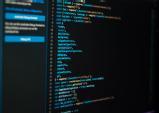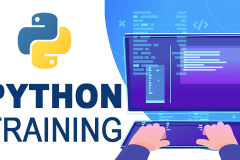The course will cover the basic concepts of Python programming, including variables, data types, control structures, and functions. We will then move on to more advanced topics such as object-oriented programming, file handling, and working with libraries and modules. Throughout the course, students will have the opportunity to practice and apply their knowledge through hands-on exercises and projects. By the end of the course, students will have a solid understanding of Python programming and be able to apply it to real-world situations. Includes various live projects like web scrapping, data projects with pandas, and other modules.
Basic concepts:
Variables and data types: In Python, you can use variables to store values of different data types, such as numbers, strings, and lists.
Operators and expressions: You can use operators like +, -, *, and / to perform basic mathematical operations, and you can use expressions to combine variables and values in more complex ways.
Control structures: Control structures allow you to control the flow of your program, using statements like if, for, and while.
Functions: Functions allow you to organize your code and reuse it multiple times.
Modules and libraries: Python has a large standard library and a vast ecosystem of third-party libraries that you can use to extend the functionality of your programs.
Advanced concepts:
Object-oriented programming: In Python, you can define classes to create objects that have their own attributes and methods.
Exception handling: Exception handling allows you to gracefully handle errors and exceptions that may occur in your program.
Generators: Generators allow you to create iterators that generate a sequence of values one at a time, rather than creating a large data structure all at once.
Async programming: Async programming allows you to write concurrent code using async and await keywords, which can improve the performance of your program by allowing it to run tasks in parallel.
Testing and debugging: You will learn how to write unit tests to ensure that your code is correct and how to use debugging tools to find and fix errors in your code.








